African violets are one of the world’s most popular houseplants and for good reason. These compact, low-growing plants flower several times a year, and they are available in a multitude of leaf forms and colors. Don’t be put off by their reputation for difficulty: providing you follow a few simple rules, African violets should thrive indoors. With a little experience, it’s possible to keep them in flower nearly all year round and grow them to the size of dinner plates.
African Violet Care
African violets will thrive in bright, warm and humid conditions. Keep water from touching their leaves or it will leave brown spots. Remove dead flowers and leaves as soon as you see them to encourage a healthier plant. Regularly check the soil and plant to make sure there is no accumulation of dead leaves. This will encourage rot. Growing these houseplants is really a matter of balance; you have to make sure that the different factors that go into their cultivation all are weighted against each other. They should be kept in moist enough conditions that they don’t dry out, yet still exposed to a fresh breeze to avoid letting them get too stuffy, and exposed to sunlight without damaging their leaf tips. Don’t be discouraged if your African violets suffer some damage—it’s all part of the process
African violets are one of the world’s most popular houseplants and for good reason. These compact, low-growing plants flower several times a year, and they are available in a multitude of leaf forms and colors. Don’t be put off by their reputation for difficulty: providing you follow a few simple rules, African violets should thrive indoors. With a little experience, it’s possible to keep them in flower nearly all year round and grow them to the size of dinner plate
African Violet Care
African violets will thrive in bright, warm and humid conditions. Keep water from touching their leaves or it will leave brown spots. Remove dead flowers and leaves as soon as you see them to encourage a healthier plant. Regularly check the soil and plant to make sure there is no accumulation of dead leaves. This will encourage rot. Growing these houseplants is really a matter of balance; you have to make sure that the different factors that go into their cultivation all are weighted against each other. They should be kept in moist enough conditions that they don’t dry out, yet still exposed to a fresh breeze to avoid letting them get too stuffy, and exposed to sunlight without damaging their leaf tips. Don’t be discouraged if your African violets suffer some damage—it’s all part of the process
Light
Bright, but not direct sunlight. They are commonly grown under fluorescent lights placed 12 to 15 inches above the leaves.
Soil
A well-drained potting mix is essential. Poor drainage can cause root rot, in which the plant becomes waterlogged and its leaves begin to fall, so make sure that the plant is never allowed to be exposed to standing water for an extended period of time.
Water
Keep soil moist with warm water and strive for high humidity. Do not allow water to contact the leaves to prevent damage, other than light misting. Water from below, or push the water spout into the soil when watering. Don’t allow the plant to sit in water.
Temperature and Humidity
Do not allow to fall below about 60ºF. They thrive at 70ºF.
Fertilizer
Feed with an African violet fertilizer every other week.
Propagating African Violets
African violets can be propagated from leaf cuttings or from offsets. Adult plants occasionally produce small plantlets or shoots from the side. Remove these and pot up independently. Removing them also encourages better blooms on the parent plant.
Potting and Repotting African Violets
African violets do better when they are slightly underpotted. Repot only when necessary into a pot that is one size up. To repot these plants, simply grab the plant as a whole, lift it, and replace it with a larger container, making sure not to damage their root systems in the process. Common signs that a plant is stressed out and needs to be repotted include falling leaves and overcrowding, as well as roots that protrude from the surface of the soil.1 Keep an eye out and repot if you think it’ll help.
African Violet Varieties
The original plants, the S. ionantha, were introduced in Germany in 1893. Two years later, the S. confusa were introduced. Since then, thousands of varieties have been produced. Today, African violets are available in single and double flowers, in all different colors, and with widely varied leaf shapes. Gloxinia is sometimes mistaken for a type of African violet. If you like African Violets, you might also enjoy the closely related Streptocarpus species or the African violet cousin, the Goldfish Plant.

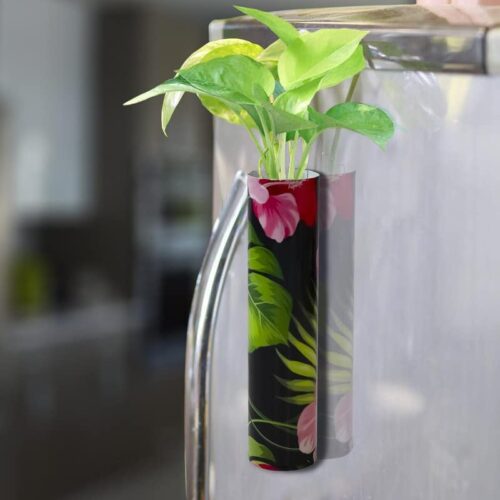





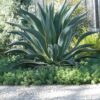
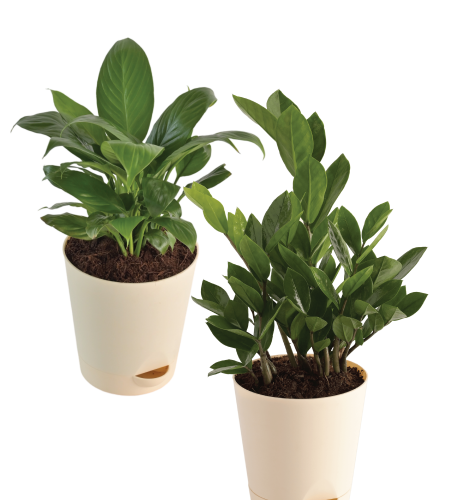

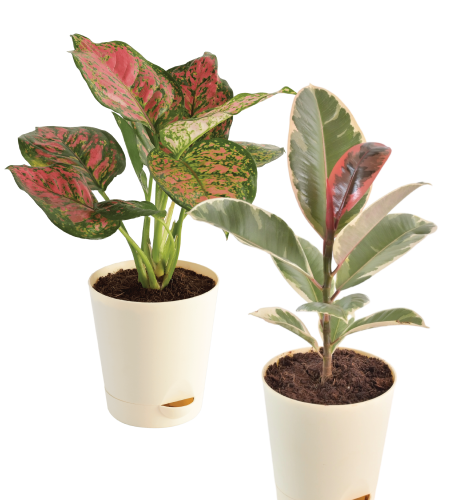

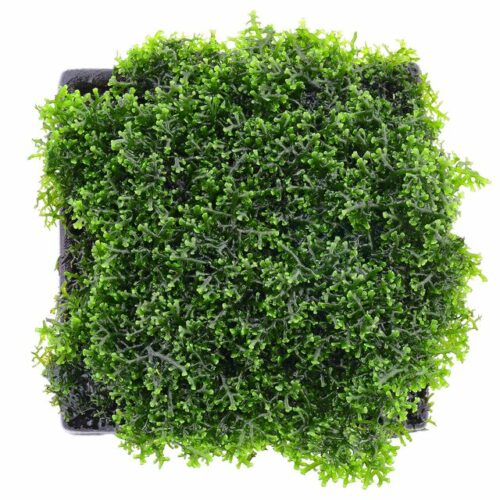
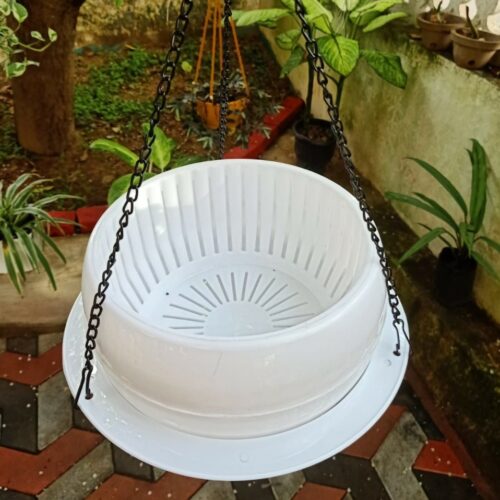
Reviews
There are no reviews yet.